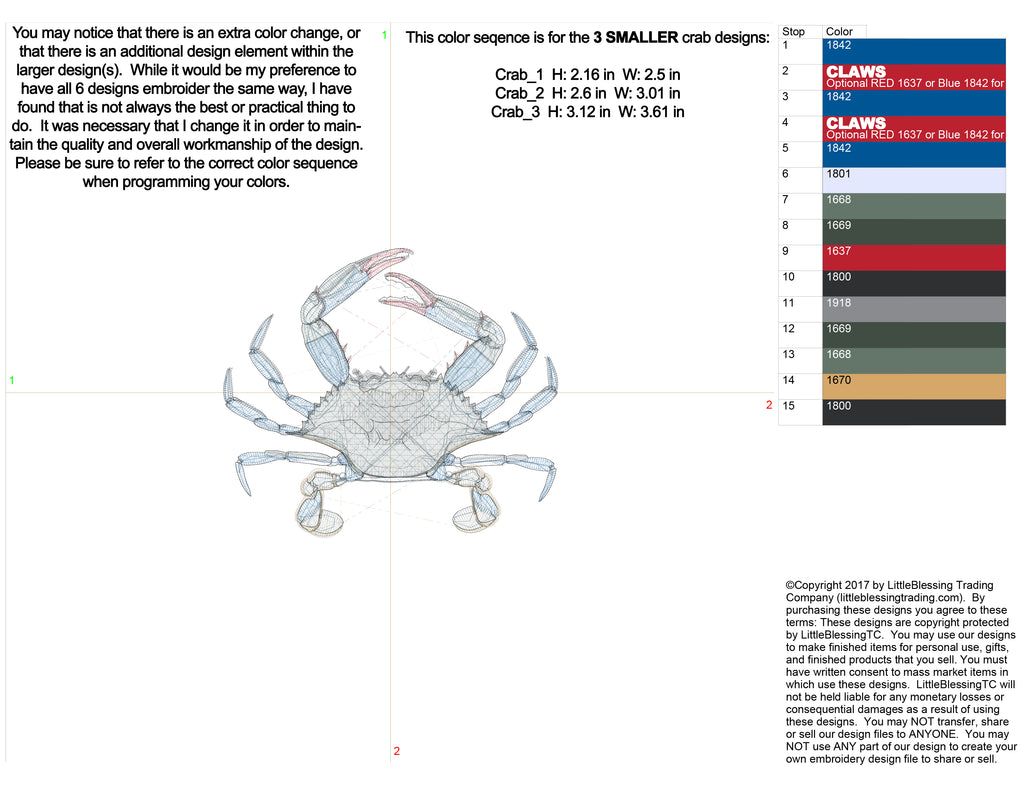

Rockfish): Striped bass remain the most popular commercial and recreational finfish in the Bay, generating roughly $500 million in economic activity related to fishing expenditures, travel, lodging, and so on each year ("The Economics of Recreational and Commercial Striped Bass Fishing"). Further, the decline of crabs in the Bay between 19 has meant a cumulative loss of about $640 million to Maryland and Virginia (Virginia Institute of Marine Sciences).

And the average commercial harvest in Maryland and Virginia between 20 was more than 55 million pounds each year! In 2009, the dockside value of the blue crab harvest Bay-wide was approximately $78 million. Chesapeake Bay watermen supply as much as a third of the nation's blue crabs each year. Blue Crabs: Just like the oyster, the blue crab is critical to the Chesapeake's culture and economy.

Rebuilding oyster populations would stimulate economic growth. Likewise, harvests have fallen to less than one percent of historic levels. Over the last three decades, Maryland and Virginia have suffered more than $4 billion in cumulative annual losses because of the decline of industries related to oyster harvesting.
Oysters:The Chesapeake is one of very few places left in the world where an industry exists based on harvesting oysters from the wild. report by the National Oceanic and Atmospheric Administration (NOAA) indicates that the commercial seafood industry in Maryland and Virginia contributed $3.39 billion in sales, $890 million in income, and almost 34,000 jobs to the local economy. In fact, the 2009 Fisheries Economics of the U.S. environmental industry is worth $312 billion yearly (Environmental Business International).įive-hundred million pounds of seafood are harvested each year from the Chesapeake Bay supporting the region's livelihoods and ways of life. The federal Clean Water Act alone spurs construction projects that are worth at least $11 billion per year to the national economy (EPA). Every $1 of state/federal funding invested in agricultural best management practices would generate $1.56 in economic activity in Virginia (University of Virginia study). The number of environmental industry jobs in Pennsylvania, Maryland, and Virginia has surged by 43 percent over the last two decades (Environmental Business International). Approximately, 20,000 construction jobs are created by each $1 billion invested on water and wastewater projects (Clean Water Council). Environmental Protection Agency (EPA)'s annual costs for clean air and water regulations from October 1, 1999, to September 30, 2009, ranged from $26 to $29 billion, while benefits ranged from $82 to $533 billion (World Resources Institute) It's becoming more and more apparent that working to restore the Bay actually creates jobs and supports livelihoods rather than hinders the region’s economic growth as many would have you believe: Clean-Water Technologies Create Jobs and Stimulate Local Economies Conversely, investing in clean-water technology creates jobs, generates economic activity, and saves money in the long run. 
Quite simply, failure to "Save the Bay™" threatens the Bay's value as an economic driver. Furthermore, working to restore this vital resource helps spur job growth and protect the countless livelihoods that depend on the Bay's health. The Bay provides countless opportunities and dollars in regards to its fishing, tourism, real estate, and shipping industries. The protection and restoration of the Chesapeake Bay and its streams and rivers are essential to a healthy and vibrant economy.








 0 kommentar(er)
0 kommentar(er)
